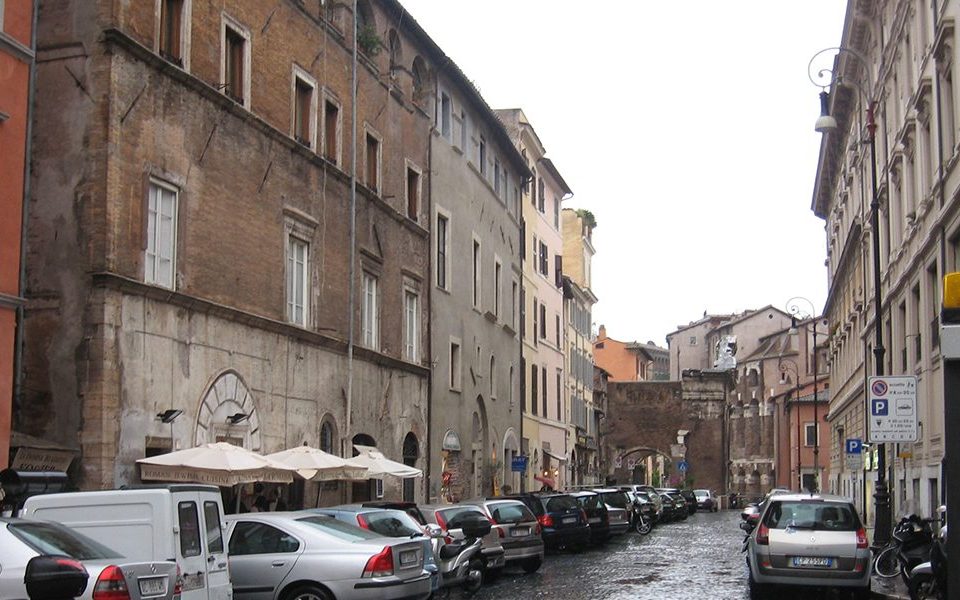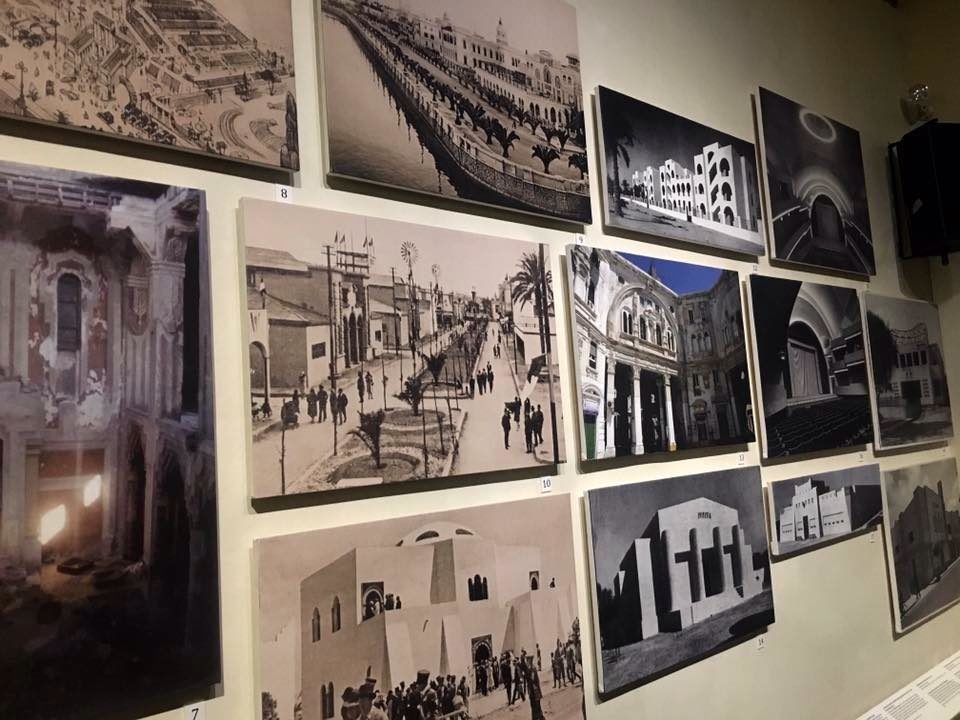A first exhibition space was created in 1960, and has been expanded and renewed several times since. A complete scientific overhaul ended in 2005 led to its current organisation, in the basement of the Tempio Maggiore. The museum describes the history and nature of the Jewish presence in Rome, using testimonies and witnesses: liturgical furnishings, manuscripts, incunabula, historical documents and stone fragments. It focuses on the artistic quality and extent of the collection of ceremonial art passed down from the Cinque Scole, a collection built up over the centuries thanks to donations by families wishing to demonstrate their bond with the synagogue they belonged to. The exhibition itinerary will take visitors through seven rooms, labelled according to their content and main themes: “La guardaroba dei tessuti” (“The fabric wardrobe”), “Da Judaei a Giudei: Roma e i suoi Ebrei” (“From the Judaei to Judeans: Rome and its Jews” – the settlement, from their origins to the establishment of the ghetto), “Feste dell’anno, feste della vita” (“Feasts of the year, feasts of life”), “I tesori delle Cinque Scole” (“The treasures of the Cinque Scole”), “Vita e Sinagoghe nel ghetto” (“Life and Synagogues in the Ghetto”), “Dall’Emancipazione a oggi” (“From Emancipation to the present day”), and “L’ebraismo libico” (“Libyan Jewry”). The outer space in front of the entrance houses the “Gallery of Antique Marbles”, with important stone artefacts dating from the sixteenth to the nineteenth century, from the Cinque Scole and the Confraternities of the Ghetto.
A first exhibition space was created in 1960, and has been expanded and renewed several times since. A complete scientific overhaul ended in 2005 led to its current organisation, in the basement of the Tempio Maggiore. The museum describes the history and nature of the Jewish presence in Rome, using testimonies and witnesses: liturgical furnishings, manuscripts, incunabula, historical documents and stone fragments. It focuses on the artistic quality and extent of the collection of ceremonial art passed down from the Cinque Scole, a collection built up over the centuries thanks to donations by families wishing to demonstrate their bond with the synagogue they belonged to. The exhibition itinerary will take visitors through seven rooms, labelled according to their content and main themes: “La guardaroba dei tessuti” (“The fabric wardrobe”), “Da Judaei a Giudei: Roma e i suoi Ebrei” (“From the Judaei to Judeans: Rome and its Jews” – the settlement, from their origins to the establishment of the ghetto), “Feste dell’anno, feste della vita” (“Feasts of the year, feasts of life”), “I tesori delle Cinque Scole” (“The treasures of the Cinque Scole”), “Vita e Sinagoghe nel ghetto” (“Life and Synagogues in the Ghetto”), “Dall’Emancipazione a oggi” (“From Emancipation to the present day”), and “L’ebraismo libico” (“Libyan Jewry”).
A small Sephardic (Spanish) rite temple is in the basement of the Tempio Maggiore. This is a legacy of the ghetto’s Scole, where versions of this rite were observed. Originally located elsewhere, it was transferred here in 1932. The furnishings of the Cinque Scole restored and brought here In 1948. The hall has an elongated rectangular shape and the bi-focal layout of the Ghetto Scole: the Aron and tevah face each other at the centre of opposite walls – in this case along the longer sides -, while the pews are arranged to face them. The Aron in polychrome marble comes from Scola Nova; the original tympanum had to be removed because of the height of the ceiling, and at its sides the seats belonging to the tripartite structure of the Aron from Scola Catalana made between 1622 and 1628.
The Verano Cemetery was established during the Napoleonic rule (1808-1814), and has a Jewish section since 1895. The entrance on Via Tiburtina joins the avenue that leads to the burial chapel (tempietto). On 16 October 1952, a stone monument commemorating Roman deportees by architect Angelo Di Castro was placed in front of it. On the back the Memorial to the Jews who died in Libya, by Eddy Levy and Massimiliano Beltrame, unveiled in 1977. Numerous funerary monuments are noteworthy. They illustrate the changing social condition of the local Jews and are a key to the understanding of the prestige attained by various families. A world away from the more modest, austere graves of Jewish tradition, the Jewish cemetery is filled with decorations and figures, some of an allegorical nature, some depicting the deceased themselves.


